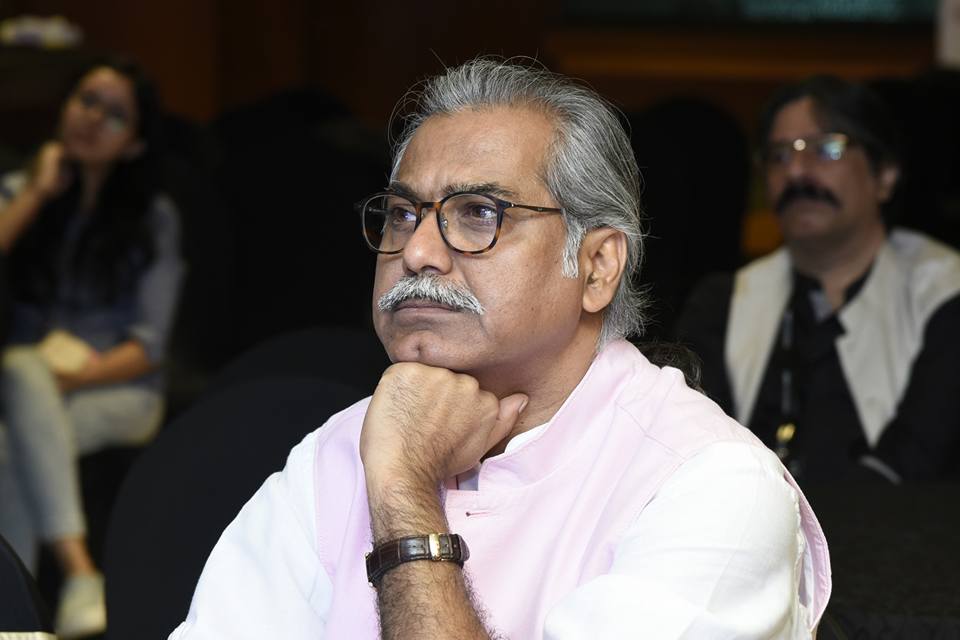Architect Habeeb Khan has left a distinctive impression on the skyline of many Indian cities with his signature ‘Contemporary Vernacular’ Architecture. An award winning designer, public speaker, teacher and now the Chairman of the Council of Architecture, India – he has donned many hats! In an insightful interview, Professor Habeeb Khan reveals his motivation, his working style and future prospects! Here are some excerpts!
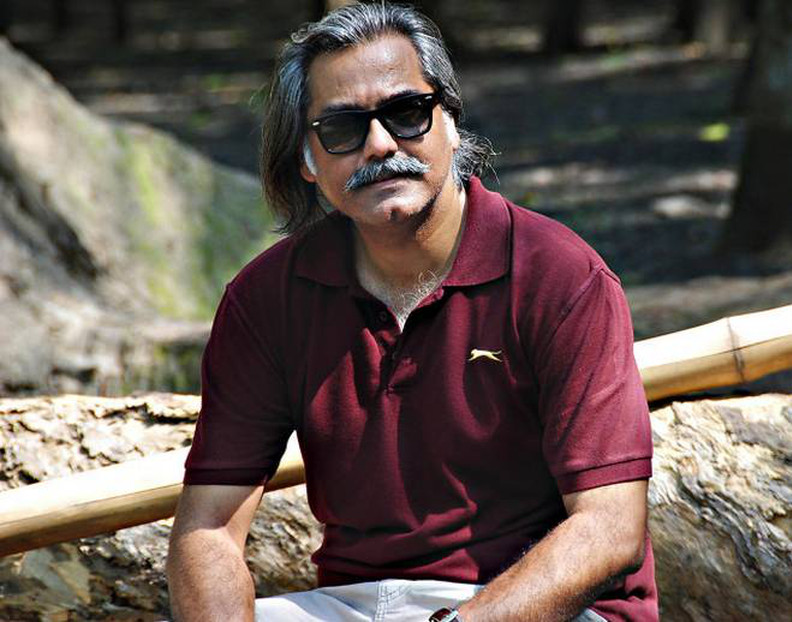
What does design mean to you? What is your design philosophy?
It’s a very difficult question to answer. Design is a very wide ranging topic. There can be multiple connotations to it. It is an amalgamation of so many intangible factors like tradition, functionality, usefulness, economy and politics. The climate and physical factors like topography, geology and geography also play an important role. Contemporary Vernacular (a term we coined) is the wisdom of the Vernacular or traditional Architecture imbibed in a contemporary framework, which allows us to design or build something which is relevant in today’s age, using modern technology, structural innovation and materials, yet it remains contextual to the place. I firmly believe that a structure should respond to the context of the climate, the people and their culture. It has to be as humble or as egoistic as the people you are building for. It depends on your client and where you are building.
What inspires you as a designer?
Every little thing in nature, the intricacy and design detailing continue to inspire me. The formation of the leaves, the way the roots go into the ground, the way a tree stands, the way a tree survives in the environment that it grows in, the way it uses natural resources and gives back to nature is all a lesson in sustainability. There are so many other examples in nature, which are so self-sustaining and self-dependent which is what I follow in architectural development as well. Nature is a cyclic evolution. A circular process like growth, rain, predator and prey etc. Architecture too, whenever it dies, should go back to nature. Every material and construction technique should go back to earth. That is when the cycle gets completed, that is my prime inspiration.
You are known for Vernacular designs and for sustainable architecture. You also mentioned natural cycles being your inspiration. Circular economy is a growing concept around the World. What is your take on it? Where do you think India stands on recycling, reuse and adaptive re-use in Architecture?
We do use a lot of recycled and refurbished materials in our buildings. In fact most of the wood comes from refurbished windows, doors, furniture, flooring as well as building materials like bricks and stone that we use is recycled. It is sourced from quarries or from demolished buildings. India is in a nascent stage but a lot more awareness needs to happen. Although if you see the traditional lifestyle of people, they used to be very contextual to where they lived. The traditional outfits, for example in the deserts in Rajasthan, North India, are very bright with big headscarves or ‘Pagdi’ (turbans) whereas in South India, in the coastal region, they wear ‘Lungis’ (loincloth) owing to the humid climate. However, with the onset of globalization, we seem to have forgotten to live harmoniously with nature and context. We have forgotten the cycle which I talked about earlier. If we do that, we could be more sustainable, more just, more in tune with what we should be.
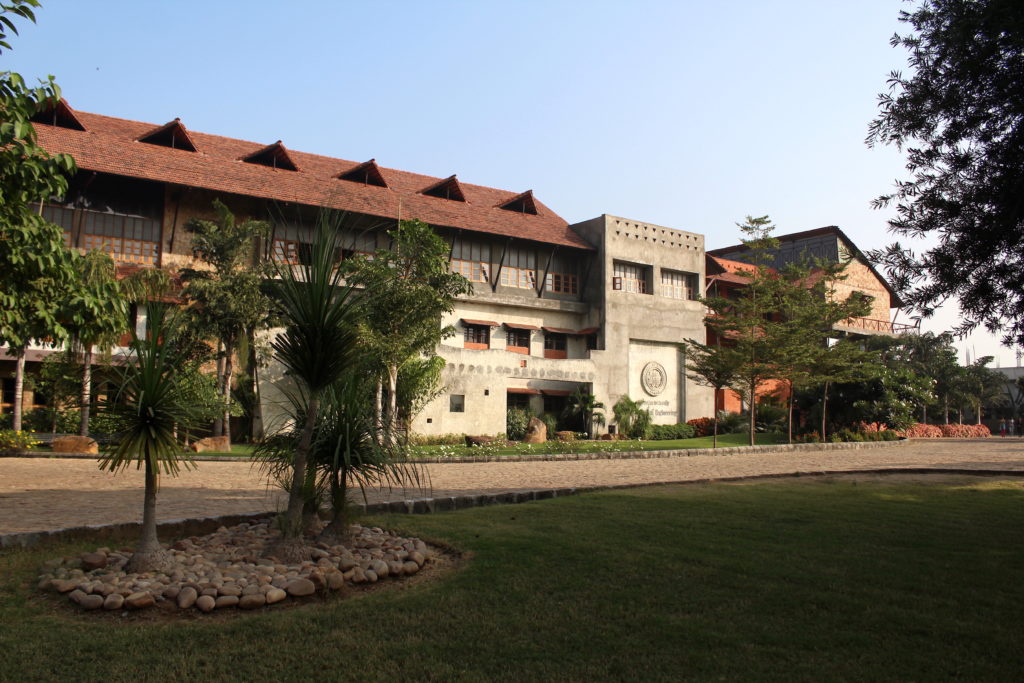
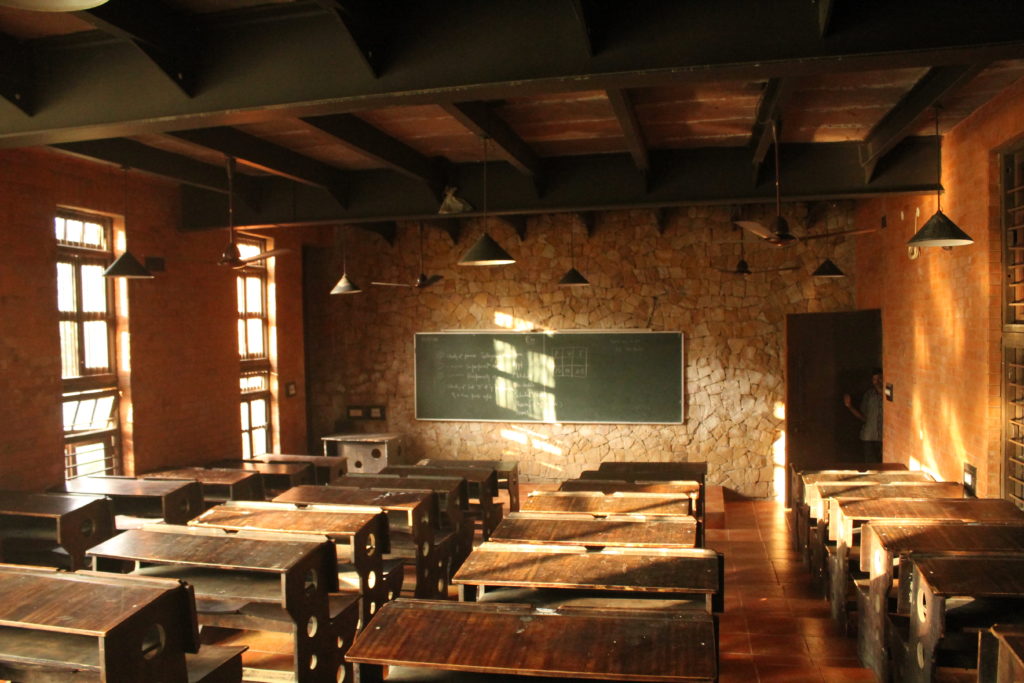
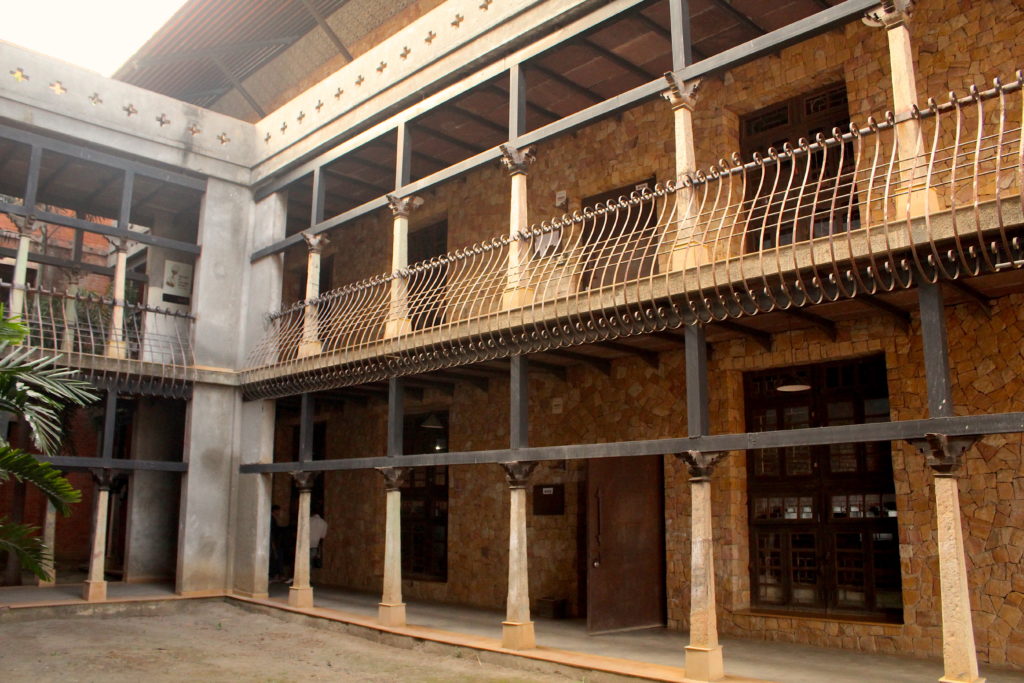
Something we should learn from design and designers abroad? And something we should unlearn?
It is high time we unlearn the fixation for ‘white skin’ and belief that foreign architects build better than local architects. What we should learn is their methodical and meticulous approach to design, the fine eye to detail, structural systems, understanding the history and context of a site and building according to it. Their commitment to quality and identity of a place.
Every space has a meaning and a feeling attached to it. But architecture is getting so commercial and derivative. What is your inclination towards experiential architecture?
Architecture will get commercialized, it is a part of life. There will be murderers, thieves and robbers in the society, but also intellectuals. Designing meaningful spaces which leave a lasting indelible memory on the user’s mind is very important. One should feel bonded to that space, the space should talk to you, the volumes should leave an impact on the user and his consciousness. There needs to be a solid connect between nature and the built to ignite such emotions. A building needs to grow and flourish with the user and with age. The spaces I create, age with the user while becoming more graceful and beautiful and more enjoyable with time. For instance, PIADS, Nagpur, (Architecture college) was different when it was built vs. now. The trees have grown, the bricks have a distinctive patina, the railings and courtyard have developed a character. I am more inclined to materials which age gracefully, like exposed bricks, stones, adobe etc. As they age, they develop and constantly evolve with the user.
How important is experimenting in Architecture and Urban Planning? Do clients sometimes end up limiting designers?
It depends on the convincing prowess the Architect has, how well he can sell his idea and guide the client to do the right thing. I am a commercially successful architect, but I also design sustainable and green campuses, IT offices etc. Some clients agree, some don’t, so it depends. Only certain people are doing this kind of work, most fall prey to the client’s demands. Contemporary Vernacular can also be commercial, we just need to look at it from a different perspective and change our mindset about what a typical commercial structure looks like. Stereotyping a certain material like brick, adobe or mud to a certain category isn’t right and we need to change our mindset to accept this.
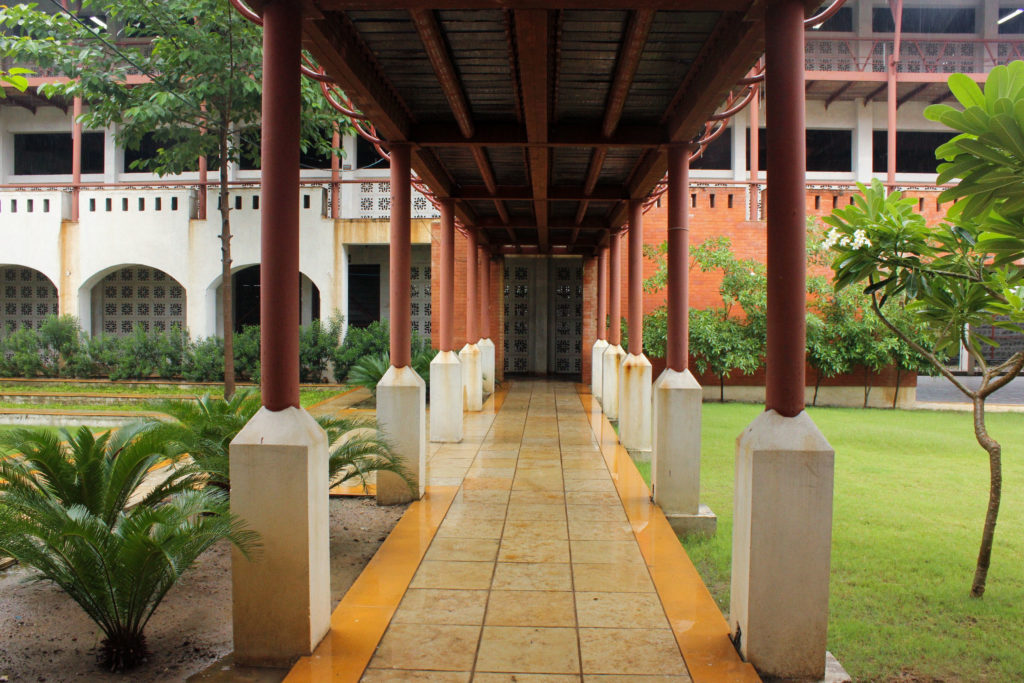
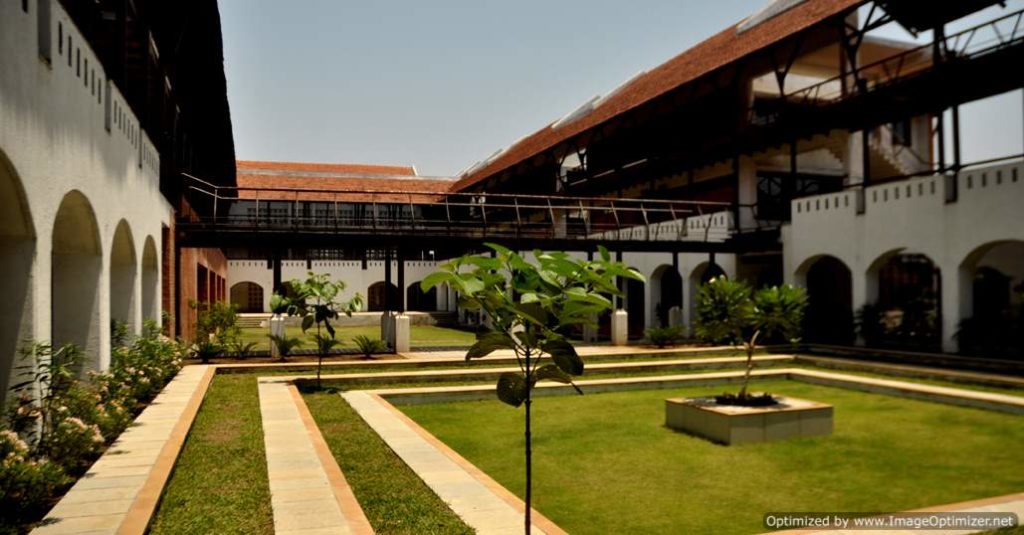
Can we define good and bad design?
There is no good or bad design. Hasan Fateh, an Egyptian architect said that ‘An ugly building in a city is an insult to the passerby’. According to me, it is the passerby who deserves that building if it is ugly. I have realized over a period of time, that there is nothing ugly or beautiful, it is a very subjective definition. One person’s ugly is another person’s beautiful. No building is completely bad or entirely good. If it serves the function and the people using it are happy then who are we to judge. If there was one successful formula to design a building, every building would look the same. There is no fixed criteria or checklist for good design, it is a trial and error method.
How would you define your working style? How do designers in your office express themselves?
To be honest, I am not a very organized person. Neither am I a very amicable boss to work under. I am not very chilled out and I tend to shout at people when things go wrong. I do follow my heart while selecting projects and working on them which is both my drawback as well as strength. There are times I pay more attention to charitable projects rather than the ones I am being paid for, because those projects are close to my heart. My style is very different and I don’t go by the set standards of thinking or work methodology or how an architecture office should ideally be. My main principle is that I should enjoy what I do and look forward to going to work.
Designers in my office don’t express themselves. That is my doing! Even though I support and appreciate the work my employees do, I am possessive about my projects. I blame Ayn Rand! If it wasn’t for ‘The Fountainhead’ and everyone wanting to glorify themselves as Howard Roark, maybe things would be different! That’s the undoing of architectural profession actually in society. Had there been no ‘Fountainhead’ probably architects would have been more grounded and more on the ground.
Can you tell me something about your upcoming projects?
We are doing a lot of integrated tourism development projects for the government. We are identifying existing temples, spiritual centers for saints and integrating it with the tourism map of India. We are trying to develop these holy places or ‘Holy Circuit’ so that visitors have better facilities and they can fulfill their spiritual needs. We are also working on a museum for the ‘Banjara’ community and conserving and restoring some holy shrines in India. There’s also a hostel project for tribal school boys and girls in Gujarat. We are also formulating a lot of policies for tribal development and holistically developing rural areas to decrease urban migration.
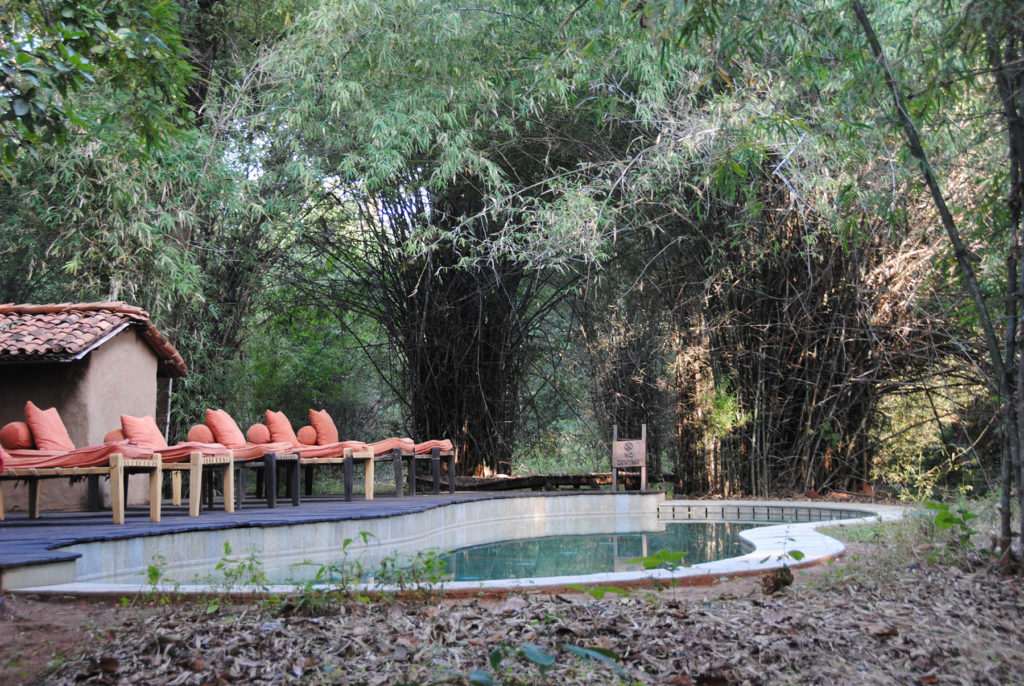
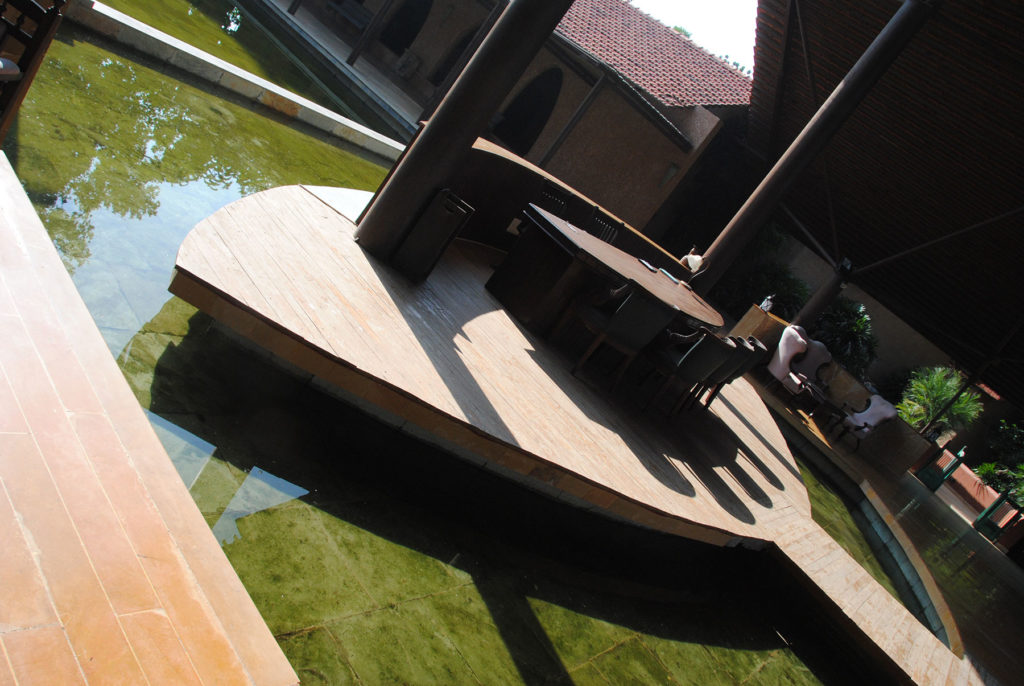
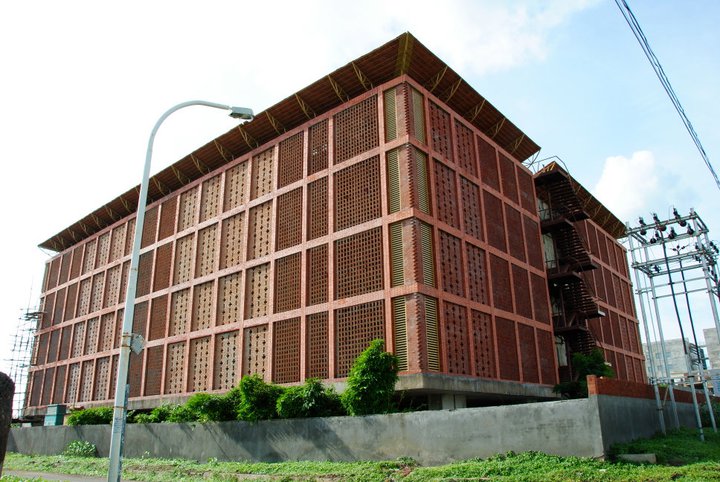
Throughout your career, you have taken up many roles. You have worked with distinguished architects, you started your own design firm 28 years ago, you have been a teacher and now you are the President of the Council of Architecture. How does it feel and in which role do you think you have contributed the most?
It feels very good, I am extremely humbled and very honored that people have elected me as the representative to the government. We want to work in coordination with the government so that architectural profession and services get defined and organized. I’d also like to revamp the whole education system and liberalize it to have a more open platform for the students and increase connect between education and profession.
I feel like I have contributed most as an architect, because that work has influenced many as opposed to the students from only two colleges that I’ve addressed. The conferences I talk at have reached larger audiences! I hope as the President of the COA, I’m able to influence more young designers and have wider ranging implications and impact the entire architectural community. That contribution, you will have to ask me 3 years later!
An advice to all clients. An advice to all designers.
Be humble, be down to earth, be polite! In short, be like the Indian Cow. There is no better way to be revered, protected and liked in India, than by being a cow. Their life is worth more than human life anyway, so we should all aspire to be like cows.
